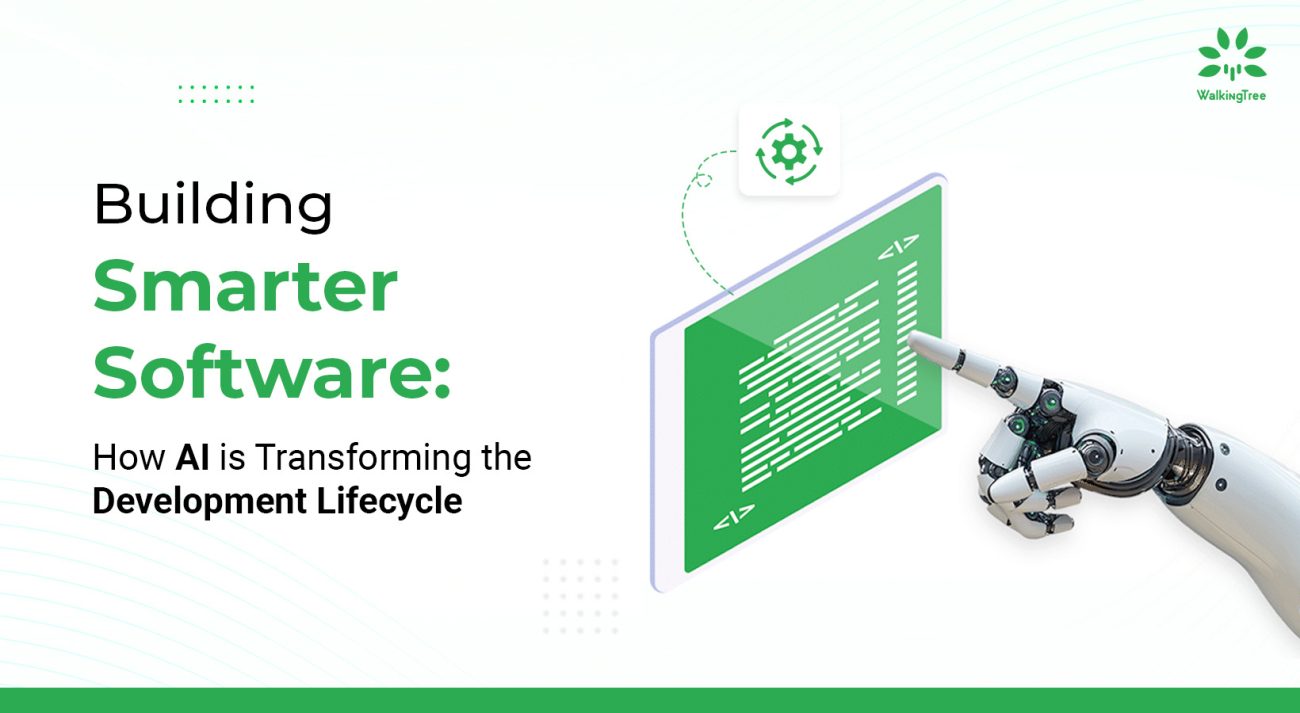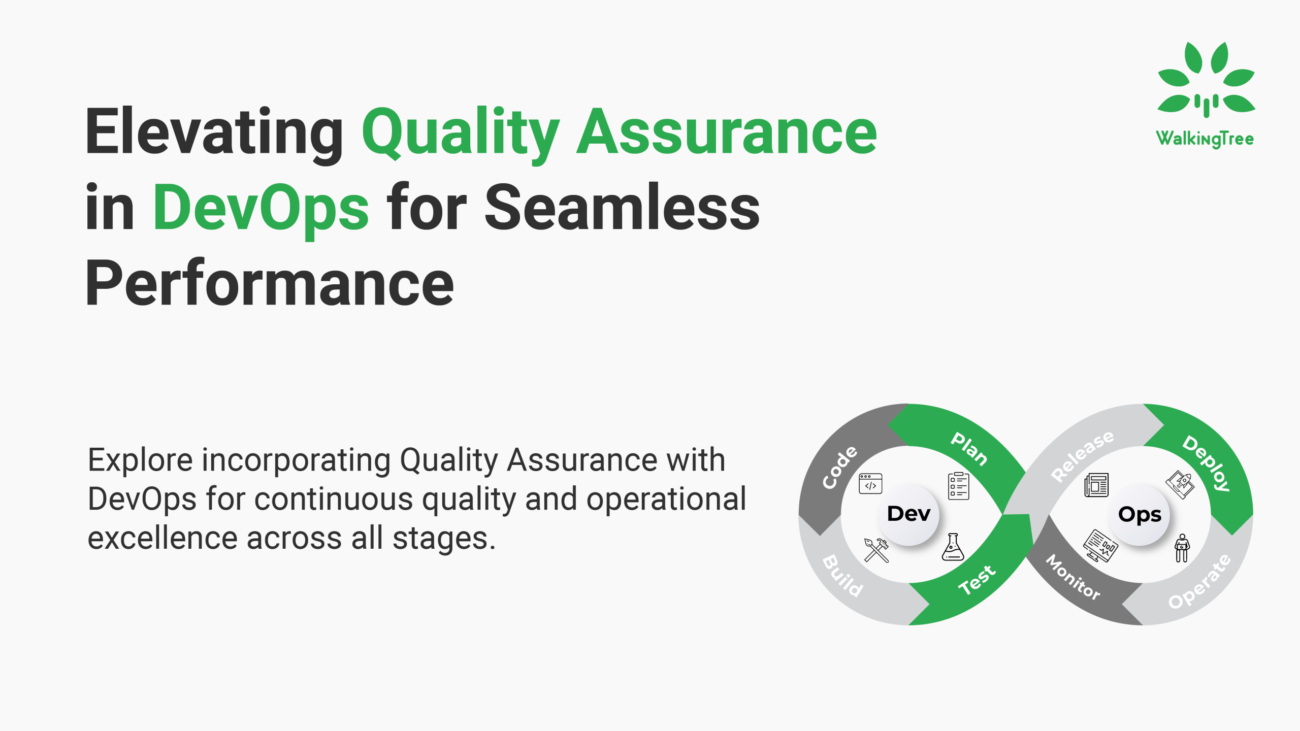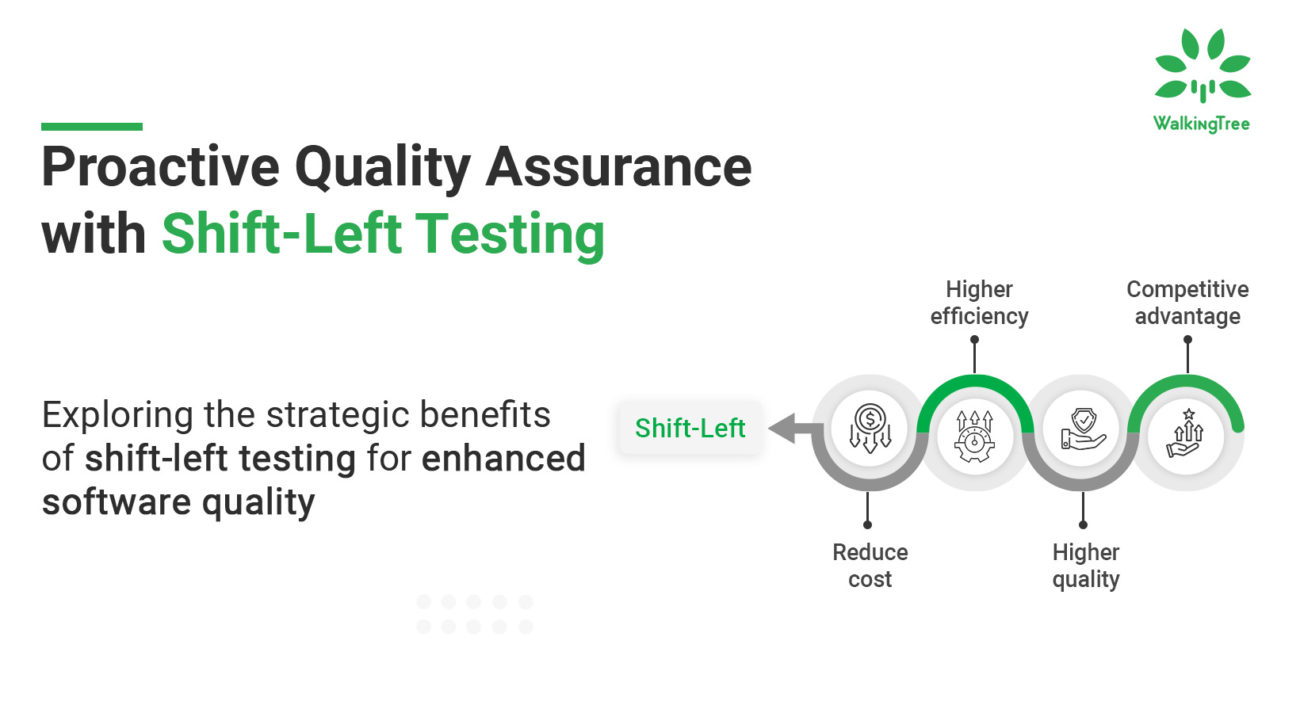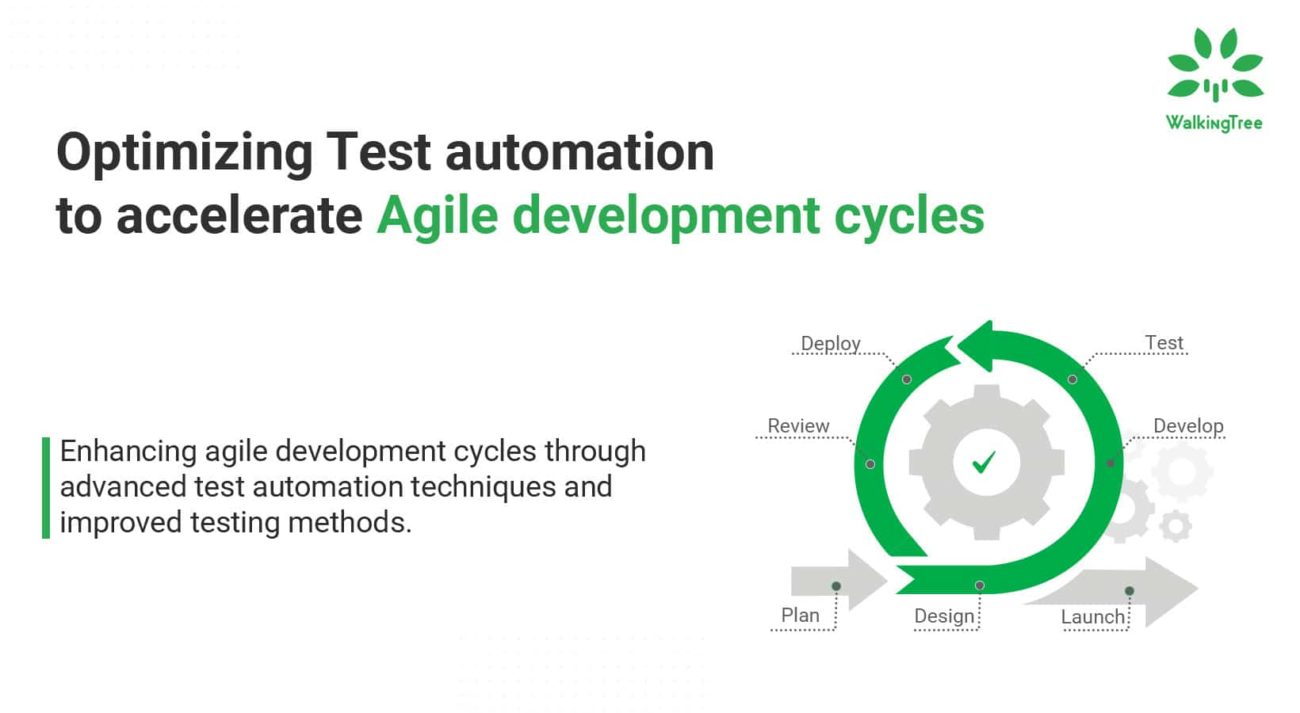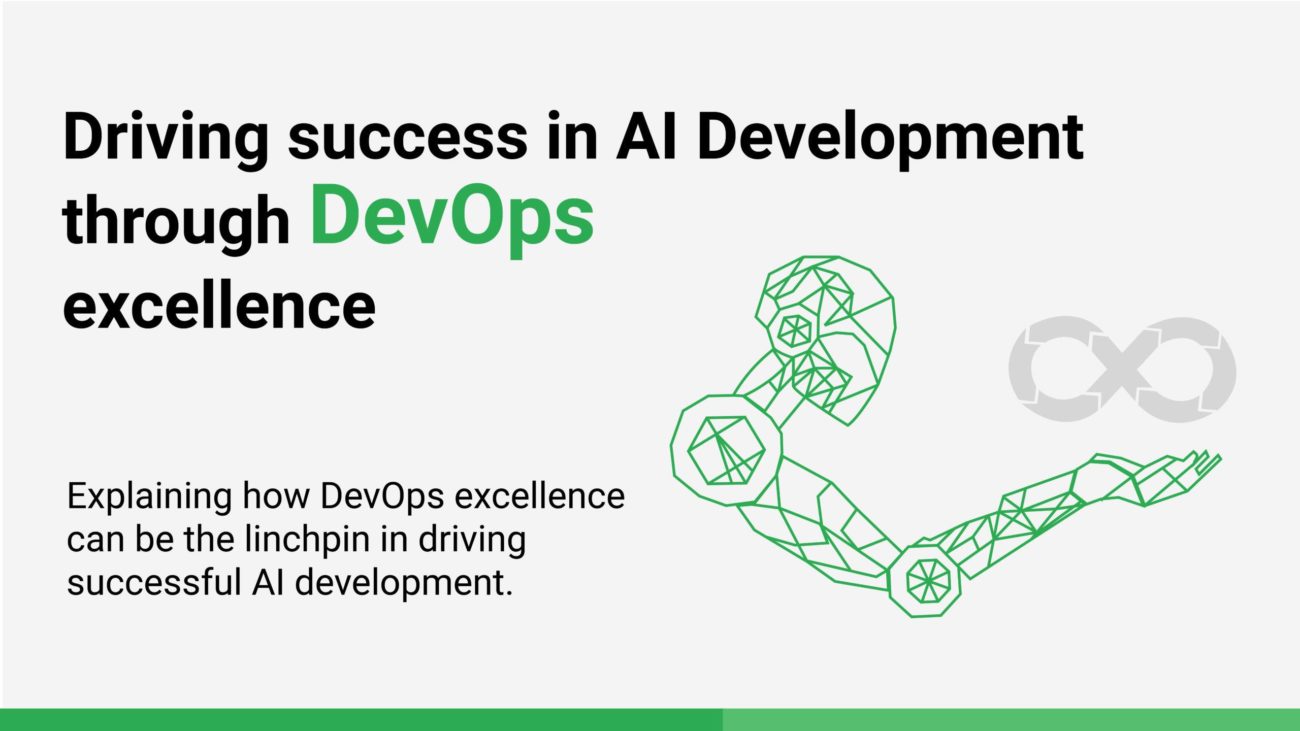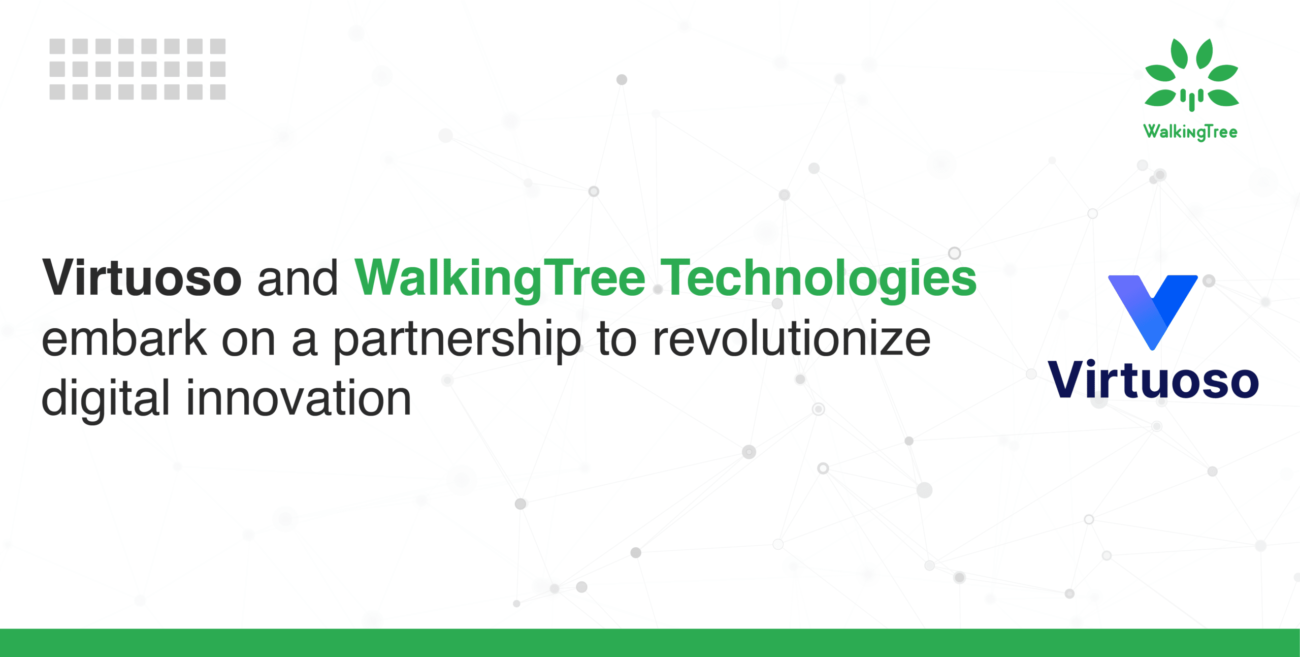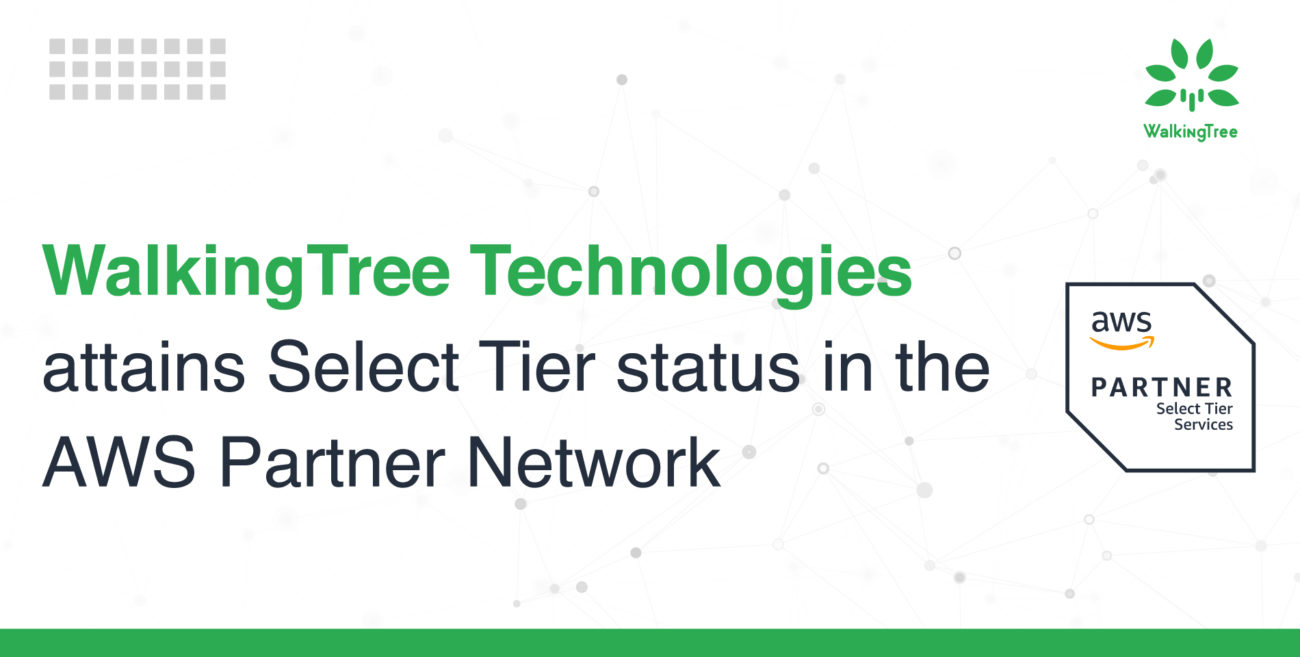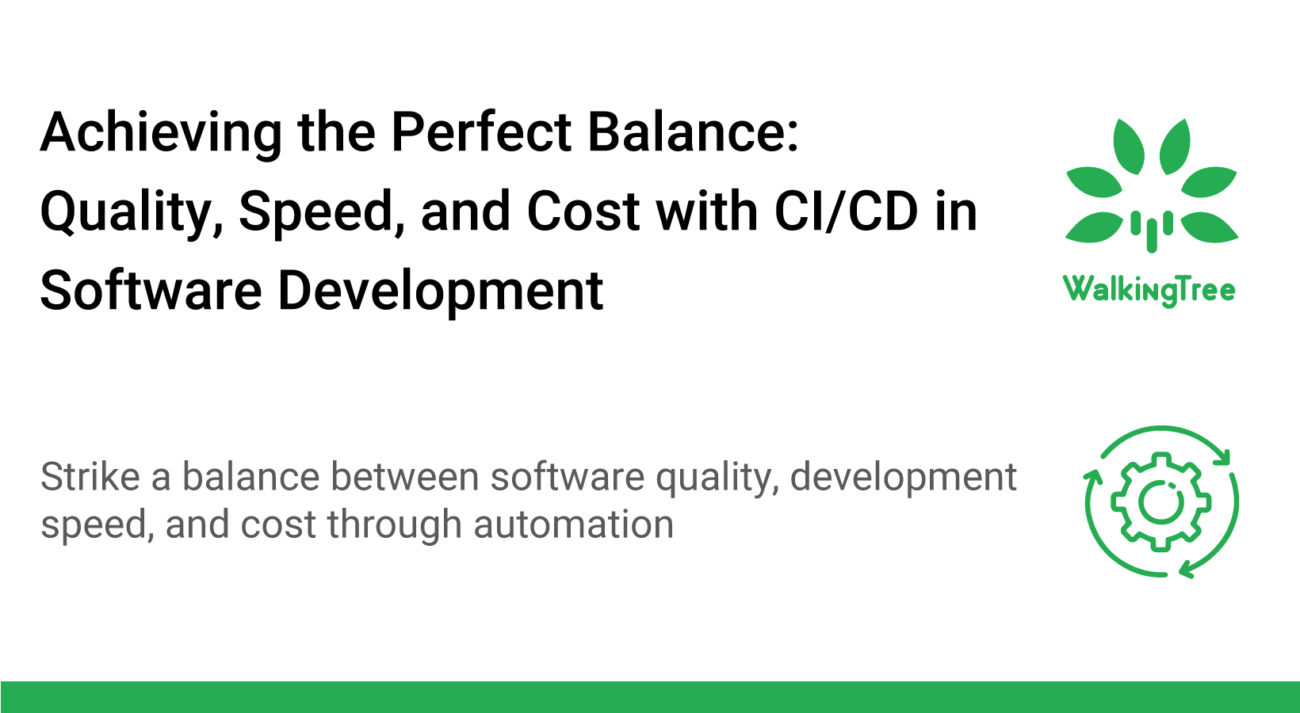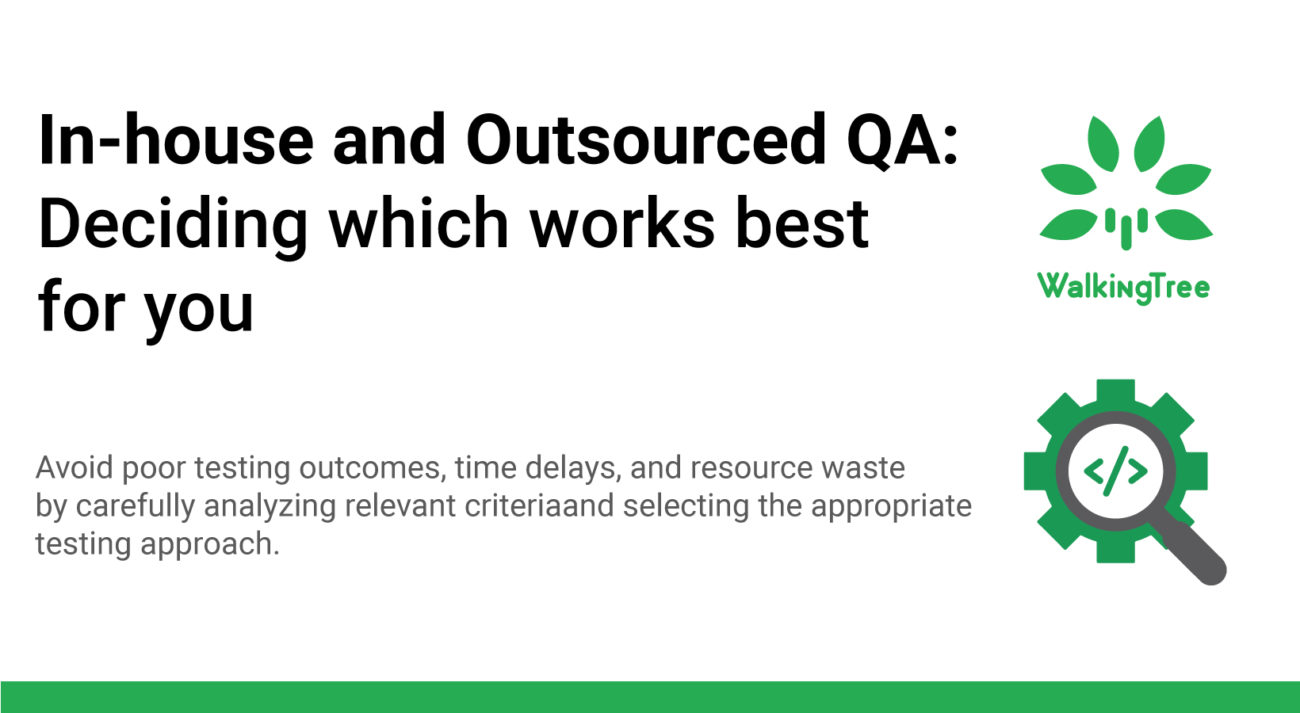
Blogs
DevOps 101
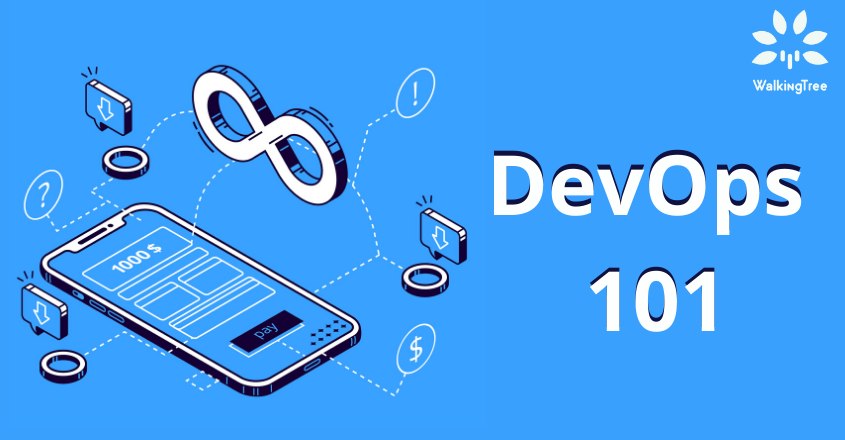

DevOps is the most recent tech absorption in enterprises with close sync between software development and IT operations for development, testing, deploying and managing software products. DevOps is decently involved in all kinds of software projects irrespective of any specifics involved in the project. it is most widely used in cloud-based products, mobile applications, application-level integration, multitenancy in architecture, etc.
Successful DevOps implementation in any architecture involves replacing manual intervention with the introduction of competitive tools that are responsible for omitting human dependent incapability and errors. There is no single tool that fits all your needs such as server provisioning, configuration management, automated builds, code deployments, and monitoring. Every tool out in the industry has different features that are to be considered before selecting it for any infrastructure.
Important Components of DevOps
Following are the major components of the DevOps framework that are required to be modified in order to have a proper and efficient DevOps experience.
- Configuration Management
- Agile Framework
- Testing Automation
- Continuous Integration
- Monitoring
- Coding Infrastructure
For understanding the importance of DevOps, it is important for us to understand the problems that are faced in a software development environment to make sure we understand how the implementation of proper tools can result in a significant boost to the work output.
Configuration Management
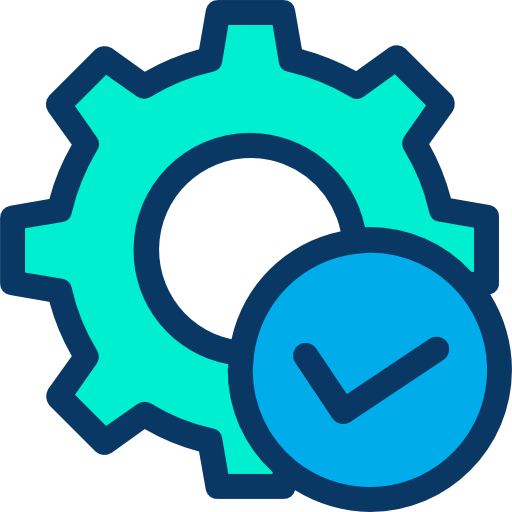 The most important factor in a development environment involves a stable and efficient system. Configuration Management is the continuous process of evaluation and up-gradation of the environment to match the expected need of the software application to run with full efficiency. Properly deployed environment along with proper scalability is important for a fully responsive and efficient system. A scalable configuration system is important for most of the live environments because the scalability of the system directly defines the adaptability of the system in response to the increasing load with attachment of more users.
The most important factor in a development environment involves a stable and efficient system. Configuration Management is the continuous process of evaluation and up-gradation of the environment to match the expected need of the software application to run with full efficiency. Properly deployed environment along with proper scalability is important for a fully responsive and efficient system. A scalable configuration system is important for most of the live environments because the scalability of the system directly defines the adaptability of the system in response to the increasing load with attachment of more users.
Microservices
 Microservices is an architecture with an approach to build any software application as a set of smaller services. Each service is responsible for a specific task and the compounded output from all these kinds of microservices helps in obtaining the required output. Each microservice is scoped to a single purpose and is responsible for the same. Different programming languages can be used to write microservices and can be deployed as a single service or a group of services.
Microservices is an architecture with an approach to build any software application as a set of smaller services. Each service is responsible for a specific task and the compounded output from all these kinds of microservices helps in obtaining the required output. Each microservice is scoped to a single purpose and is responsible for the same. Different programming languages can be used to write microservices and can be deployed as a single service or a group of services.
Agile Framework
 The agile framework involves continuous and multiple iterations of every step in software development life cycles. Any Agile development project involves continuous planning, continuous testing, continuous integration, and other forms of continuous development. While each Agile methodology type has its own unique qualities, they all incorporate elements of iterative development and continuous feedback when creating an application. Moreover, transparency in the development process is important for a deeper understanding of the business goals and requirements. Furthermore, a closed feedback loop enables the development team to quickly resolve queries from the business, facilitating rapid iteration.
The agile framework involves continuous and multiple iterations of every step in software development life cycles. Any Agile development project involves continuous planning, continuous testing, continuous integration, and other forms of continuous development. While each Agile methodology type has its own unique qualities, they all incorporate elements of iterative development and continuous feedback when creating an application. Moreover, transparency in the development process is important for a deeper understanding of the business goals and requirements. Furthermore, a closed feedback loop enables the development team to quickly resolve queries from the business, facilitating rapid iteration.
Testing Automation
 One of the most important processes in the software development lifecycle is the testing and validation of the product. It is important to conduct a wholesome verification of flaws and bugs. It is very important to remove these flaws and bugs in order to make sure the quality of the product and a seamless experience of the user. The major importance of DevOps arises in a rapidly changing environment where the same set of test cases are required to be tested again and again after every iteration of change is committed. There are times when there can be many tests that can be kept running over a perplexing bit of code. Manual testing may take days so results in system halt to settle issues. Automated testing can check for the authenticity and capability of the code in minutes to speed up the deliverables.
One of the most important processes in the software development lifecycle is the testing and validation of the product. It is important to conduct a wholesome verification of flaws and bugs. It is very important to remove these flaws and bugs in order to make sure the quality of the product and a seamless experience of the user. The major importance of DevOps arises in a rapidly changing environment where the same set of test cases are required to be tested again and again after every iteration of change is committed. There are times when there can be many tests that can be kept running over a perplexing bit of code. Manual testing may take days so results in system halt to settle issues. Automated testing can check for the authenticity and capability of the code in minutes to speed up the deliverables.
Continuous Integration
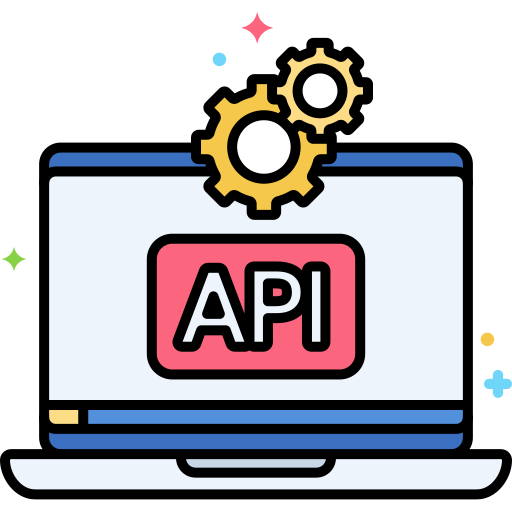 Integration of system and application is very important in an environment with fast iterations of development. Integration also implies deploying the developed application in an environment where it is required to interact with live workflow, other applications, and active users. Having a constant redressal to customer feedback is the key to customer satisfaction and a boost to the usability of the product. A tighter integration cycle results in a tighter feedback cycle. Thus, there arises a need to automate the process in order to make sure the integration-feedback cycle becomes stiffer with every iteration.
Integration of system and application is very important in an environment with fast iterations of development. Integration also implies deploying the developed application in an environment where it is required to interact with live workflow, other applications, and active users. Having a constant redressal to customer feedback is the key to customer satisfaction and a boost to the usability of the product. A tighter integration cycle results in a tighter feedback cycle. Thus, there arises a need to automate the process in order to make sure the integration-feedback cycle becomes stiffer with every iteration.
Info Logging
 Every organization monitor system and application logs to see how application and infrastructure performance impacts the experience of the end-user. By capturing, categorizing, and then analyzing data and logs generated by applications and infrastructure, organizations understand how changes or updates impact users, shedding insights into the root causes of problems or unexpected changes. Active monitoring becomes increasingly important as services must be available 24/7 and as application and infrastructure update frequency increases. Creating alerts or performing real-time analysis of this data also helps organizations more proactively monitor their services.
Every organization monitor system and application logs to see how application and infrastructure performance impacts the experience of the end-user. By capturing, categorizing, and then analyzing data and logs generated by applications and infrastructure, organizations understand how changes or updates impact users, shedding insights into the root causes of problems or unexpected changes. Active monitoring becomes increasingly important as services must be available 24/7 and as application and infrastructure update frequency increases. Creating alerts or performing real-time analysis of this data also helps organizations more proactively monitor their services.
Coding Infrastructure
 This is the most important and significantly visible part of software development with DevOps being integrated into the system. With time, numerous good practices have evolved while developing and managing code. Whether being the version control that enables proper track of code revisions over time of development or proper packaging of the code to implement proper DRY rule (Don’t Repeat Yourself) in order to avoid writing code for the same task at multiple locations. It is important to use the same code to execute tasks similar in arguments, operations, and output. It is important to consider the code as a key element for product infrastructure to make sure the best coding practices are being adopted for developing products.
This is the most important and significantly visible part of software development with DevOps being integrated into the system. With time, numerous good practices have evolved while developing and managing code. Whether being the version control that enables proper track of code revisions over time of development or proper packaging of the code to implement proper DRY rule (Don’t Repeat Yourself) in order to avoid writing code for the same task at multiple locations. It is important to use the same code to execute tasks similar in arguments, operations, and output. It is important to consider the code as a key element for product infrastructure to make sure the best coding practices are being adopted for developing products.
Undoubtedly, DevOps is the most efficient way of managing a swift and flawless application development in order to achieve the required throughput. Grasping proper tools and techniques for every step in the system is important to every environment embedded with proper DevOps methodologies. The overall system in any environment needs to be fluidic in every sense be it information flow or the delivery of output.
At WalkingTree, DevOps is more than a buzzword for us. We deliver the highest quality products and automate workflows through rapid and incremental iterations. Leverage the full DevOps effect of better software, faster with specialized, experienced support and expertise. We help you understand how to best leverage continuous delivery for better software faster. Reach out.


